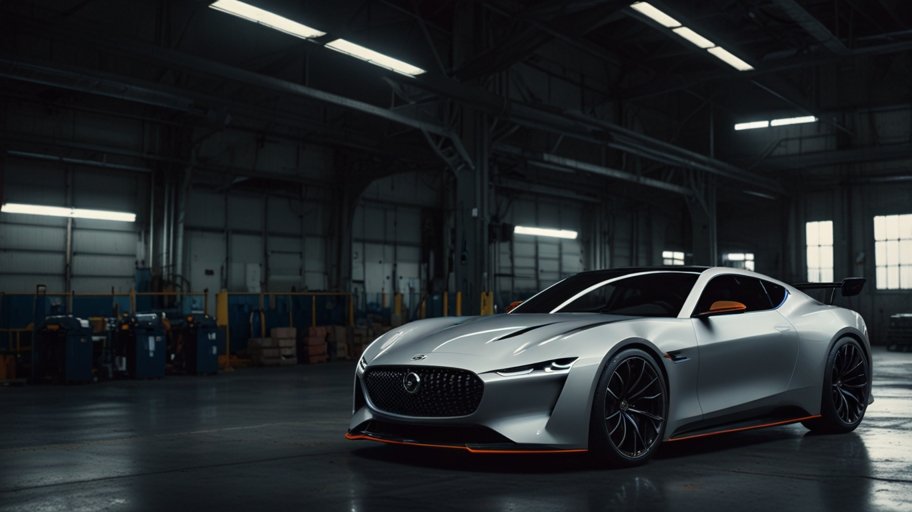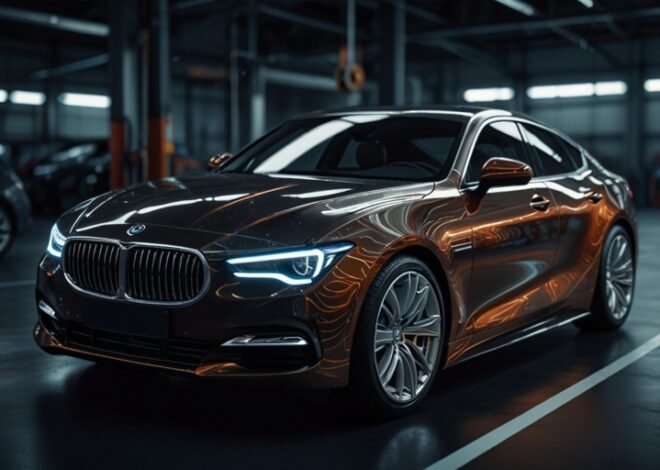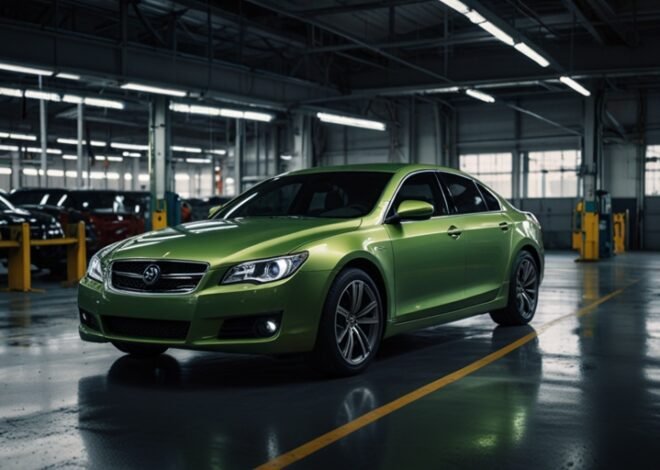
Automotive News Roundup February 11 2025
At the 2025 India Energy Week on February 11, Toyota Kirloskar Motor took a breakthrough step regarding the automotive industry by exhibiting its sustainable vehicle range. The company showcased hybrid, electric, and hydrogen vehicles, thus underlining their success in renewable energy and local manufacturing sectors in India. This also falls in line with India’s sustainability ambitions, and it illustrates Toyota’s dedication to the Indian market. The event, besides bringing leading automotive producers together, also presented many sustainable mobility solutions at the Society of Indian Automobile Manufacturers (SIAM) pavilion, conducting electric, hybrid, and alternative fuel technologies.
Furthermore, by 2029, the world’s car-sharing market will skyrocket by the size of USD 22.4 billion, according to the forecasts. This upward tendency is predominantly provoked by the enforcement of strict emission control norms and the increasing requirement for sustainable urban mobility solutions. The expansion of the car-sharing business is transforming the automotive sector by offering consumers a non-traditional mode of transportation and by potentially changing the trend of future vehicle sales. As urban growth and environmental problems become more serious, car-sharing services are anticipated to hold an increasingly essential role in transportation ecosystems around the globe.
While in the sector of automotive technology, BorgWarner has recently signed four new electric motor deals with three major Chinese OEMs. This milestone highlights the company’s extended reach in the new energy vehicle market and once more proves China’s huge role in electric vehicle manufacturing and usage. Following the success in securing these projects, BorgWarner is showing there is a real hunger for advanced electric powertrain components and systems in the world’s largest automotive market. In the meantime, the players in the electric vehicle world have been quick to adapt and offer the components to be incorporated into the next generation of electric vehicles.
Maha Kumbh 2025 has been set in Prayagraj, India, and is scheduled to be carried out by letting traffic be regulated with the implementation strategy of a “no vehicle zone” urging the Maghi Purnima snan (ritual bath), which is to be held on February 12. The entire Maha Kumbh Mela will remain closed for vehicles from 4 am on February 11, and only essential and emergency services will be able to pass through. This method is aimed at both safety and free movement for the hundreds of worshippers who attend this event. The traffic advisory throws light on the challenge of handling large-scale events and their influence on urban mobility, and it describes the meeting point of modern traffic management methods with old rituals.
At Aero India 2025 on February 11, Adani Defence and Aerospace in partnership with the Defence Research and Development Organisation (DRDO) made public the India’s Vehicle-Mounted Counter-Drone System. This is one of the outstanding things that occurred in India’s defense sector. it is the need to counteract the unmanned aerial vehicle threat to a greater extent. The making of these kinds of technologies is the security of the country, but its industrial application is also implicitly resting in the high-tech defense manufacturing of India, which is demonstrated by this case. With vehicle-mounted systems redefining new-age warfare and security operations, this one at Aero India 2025 points to an increased merging of the automotive and defense sectors, the role of the vehicle-mounted systems being the most prominent.
In the US, automakers are rolling out ads for the upcoming Super Bowl, with Ram choosing to joke with “Goldilocks and the Three Bears”. This idea is taken into consideration as a response to the challenge of electric cars to the market, and represents the determination of the industry to engage the customer in such innovative ways. The integration of well-known storylines and personages in the automotive sector’s ads signifies the sector’s understanding of the necessity of being close to customers on a feeling level when presenting new technologies or vehicle types.
The automotive aluminum market is on the rise, thanks to the need for car manufacturers to build lighter and more economical models. It’s estimated from a new report that this industry could be worth as much as $93.4 billion by 2030, companies like Tesla, Ford, and Audi are on the right track in the automotive aluminum sector. This strategy of using lightweight materials in the production of vehicles is essential for the improvement of vehicle performance, the decrease of emissions, and the extension of the range of electric vehicles. The soaring automotive aluminum market is a fine example of the industry’s continuous struggle to put into practice the principles of sustainability, performance, and cost-effectiveness in vehicle manufacturing.


